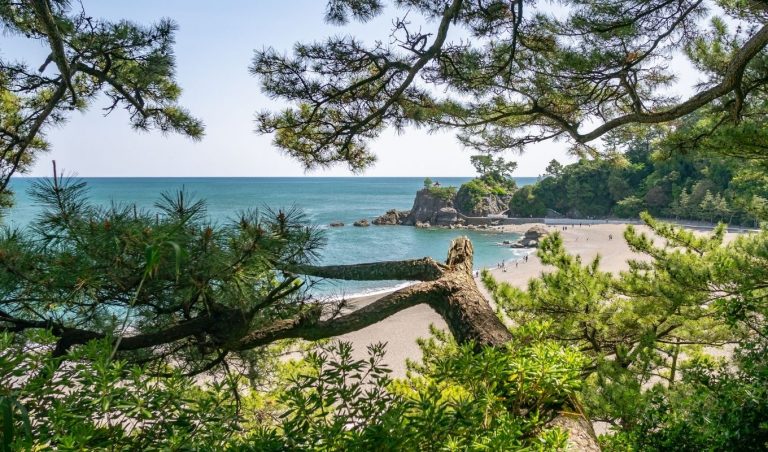The art of ukiyo-e (浮世 絵, “floating world painting“) Originated in the metropolis of Edo (now Tokyo) during a period when military power was in the hands of the shoguns, and the country was isolated from the rest of the world. This art is connected with the pleasures of the theaters, restaurants, tea houses, geishas and courtiers of the largest city of the time.
The origin of the name suggests sadnessuki) and life (me). This pictorial trend flourished in a time of peace and prosperity in the seventeenth century, when another concept emerged that meant “float up”: uki. Instead of connoting sadness, ukiyo became associated with momentary and earthly pleasures of Japan’s emerging middle class. Unable to change their status by the rules that regulated every aspect of their lives, from behavior to the dress code to the size of their houses, wealthy citizens found an escape valve in theaters kabuki who were licensed. There you could watch actors perform the latest plays, or hang out with beautiful courtesans who performed music and recited poetry.
Pictures of these daily activities soon became a specialized genre. For the first time in history, ordinary people had enough money to commission works that reflected their own interests and activities. They were artists patterns who created this genre characterized by sinuous lines and bright colors.
Some artists did wood prints, which were an inexpensive alternative that made it easy for anyone to have access to these paintings. These works became known as nishiki-e or brocade prints. The paintings needed the collaboration of several people: a publicist, who financed the project; an artist who designed the image; and woodcarvers and printers who reproduced it. The demand for images of beautiful women and handsome actors from kabuki was high throughout the 18th century, but by the 19th century buyers were demanding new themes like landscapes, birds, flowers and legendary heroes.
Many pictures of ukiyo-e of Utamaro or Sharaku they are actually posters advertising plays and brothels, or portraits of popular idols and actors, or of teahouse women. However the ukiyo-e He not only portrayed earthly pleasures, but also embodied the love of nature in painters such as Hokusai and Hiroshige.

